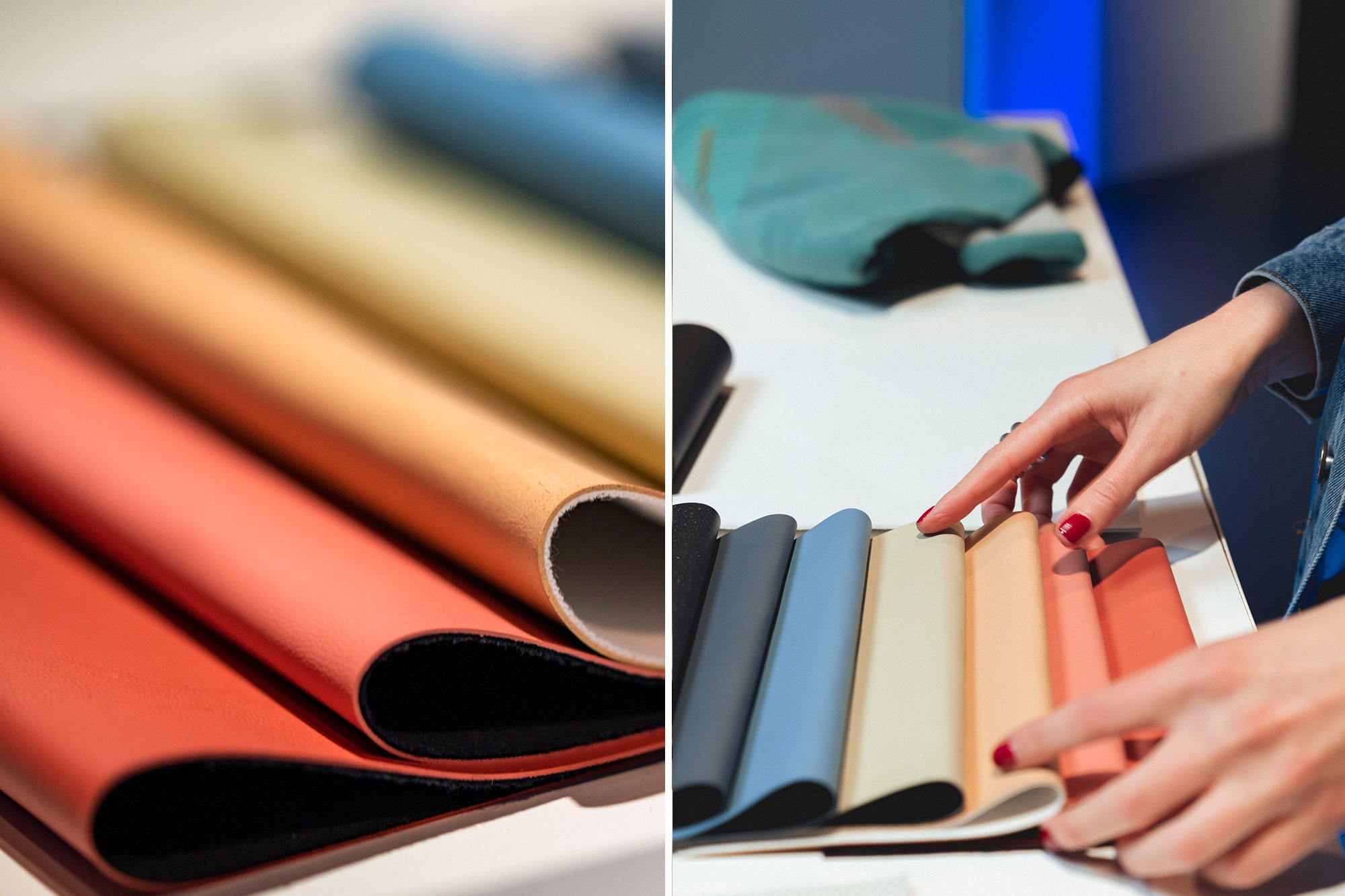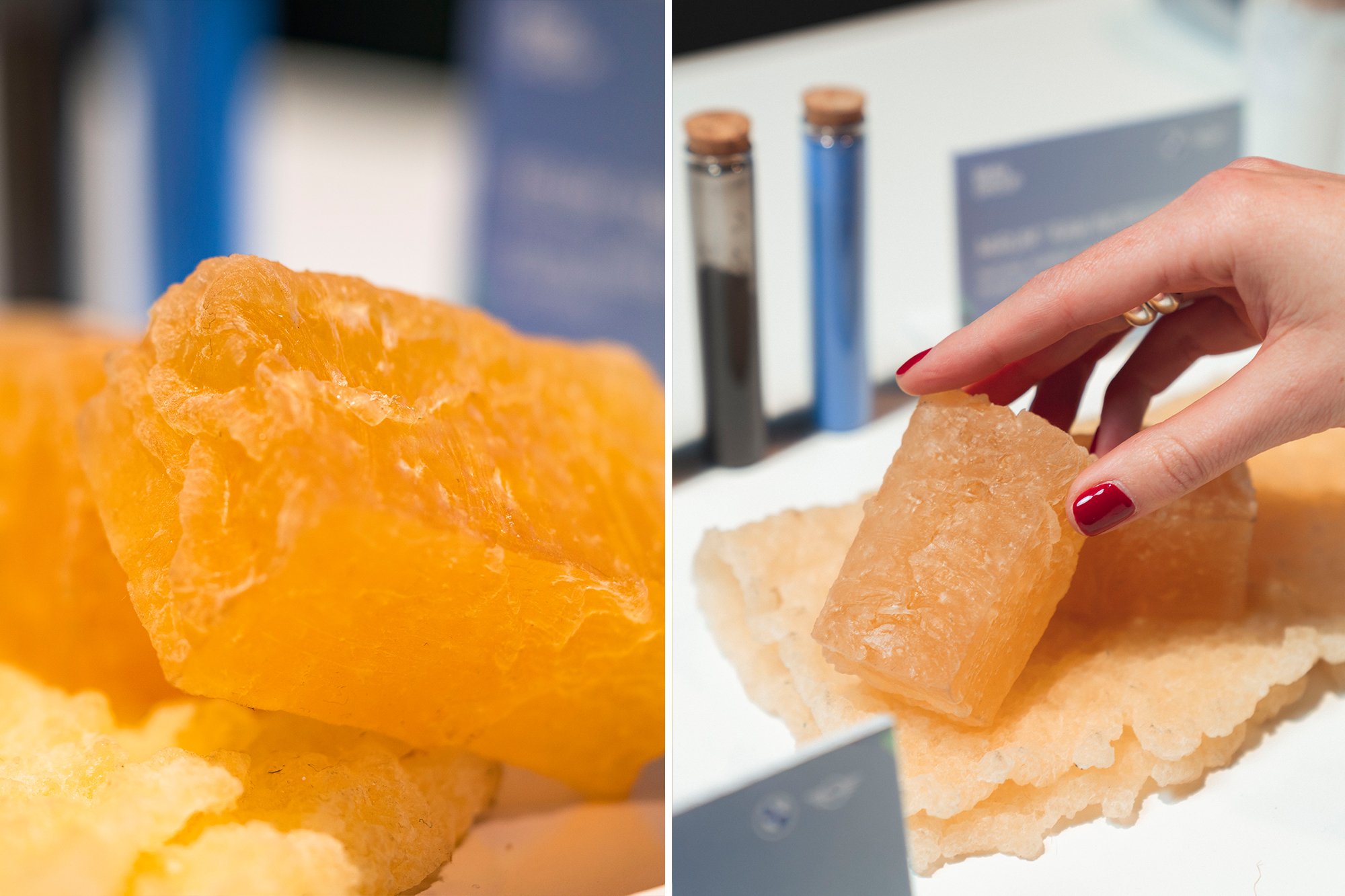BMW’s drive towards sustainability – reduce, recycle, reuse
The BMW Group is ambitious in its mission to deliver a superior driving experience and sustainable mobility solutions for the future. The company believes that innovation is the key to achieving these two goals. They are devoted to designing attractive mobility solutions that can live harmoniously with climate protection, resource conservation, quality of life in urban areas, and social responsibility.
The BMW Group has continually taken steps to ensure its practices are sustainable, from the sourcing of materials to the development of products, and even into their end-of-life phase. They have vowed to achieve complete climate neutrality by 2050, and they are marching towards that goal at full pace. The company has embarked on a mission to rethink their practices with the approach to reduce, reuse and recycle. The result of this will be lower Co2 emissions and a greener environment in the future.
Current practices and the future
At this moment, nearly 30 percent of all BMW vehicles are made of recycled and reused materials. But that is not enough, according to the company’s management. They want to do even better by introducing the concept of circularity. In simple terms, circularity will rejuvenate the ‘rethink’ process that takes place at the design table. The company will ensure everything they use in making vehicles is reusable and recyclable so that nothing goes to waste.
On top of that, BMW is looking to change several conventional practices, like getting rid of genuine leather in the interior in favour of a high-quality vegan surface material.
Vegan interiors and new materials
The brand's management has decided to introduce 'vegan interiors' in all BMW and MINI cars, starting in 2023. They worked tirelessly with various startups to create materials which mimic the feel and look of leather. The new materials have all the properties of real leather as well, minus the Co2 emissions that come as a result of leather production. Even the steering wheel surface, which has to face constant abuse from heat, moisture, and your hands, will be covered in these innovative new materials. Replacing leather reduces the CO2 emissions along the value chain for the respective interior components by around 85 percent.
Mirium is a 100% bio-based material that is an exact copy of the original leather but it is environmentally friendly. Another innovative material is Deserttex, which is made from cactus fibres and a bio-based polyurethane mixture. Both materials will be used in the coming vehicles.



New seat design concepts
The BMW Group Design has presented brilliant concepts for BMW and MINI vehicle seats that use innovative materials and production methods. Their visionary creations aim to curb CO2 emissions, use secondary materials, and establish an aesthetic for future cars. The designs balance an engaging look and feel with high quality, resource-saving production, and maximum recyclability of materials. With an elevated interior experience, exciting textures, and dynamic colour combos, customers are immersed into a luxury experience that prioritises sustainability. Innovation in material selection and design supports the effort to conserve resources and lower CO2 emissions.
MINI's next model generation focuses on vegan interiors. While exhibiting their signature character and high-quality finishes, MINI uses sustainable materials that increase personalisation options. With the “So Soft” seat concept, MINI showcases a comfortable and colourful leather alternative. Additionally, the 3D knit seat concept uses a resource-saving method to create a high-quality, seamless appearance that provides a modern aesthetic and optimal comfort. MINI's goal is to reduce their carbon footprint while ensuring complete recyclability of all materials used.
For the BMW cars, the BMW Group Design team has created innovative seat concepts using synthetic textiles and natural fibers. The “Infinite Loop” is characterised by the consistent use of recycled material, while the “Grown Innovation” concept combines recycled synthetic textiles with biomaterial obtained from bacterial nanocellulose. These materials offer high-quality surface finishes and long service life, with almost unlimited shapes and colors available through 3D printing. Additionally, a composite material made from fast-growing plant fibers is used for the upper section of the seat backrests, which have a favourable carbon footprint and can be processed easily in a variety of geometries.
The BMW Group has already incorporated renewable raw materials, natural fibres and other bio-based materials into their vehicle designs; for example, they use these components in the door trim panels or as the base foundation for the armrests in their newest BMW 7 Series models.
The above mentioned practices are only a few examples about BMW’s commitment to sustainability. By reducing waste, recycling materials, and reusing resources, BMW is making significant strides towards a more sustainable future. The company has set ambitious targets for reducing its carbon footprint.
Pictures: BMW / Enes Kucevic for ellectric



